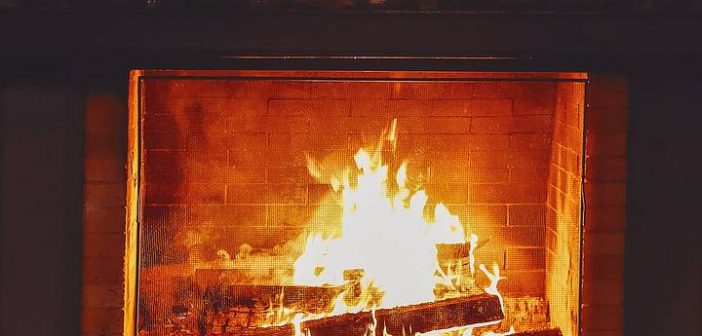You wake up at dawn, rushing down the stairs, gripping your festively decorated banister. Your partner turns on the lights as you skip a couple of steps, and suddenly, your house is aglow with greens, blues, and reds, signifying the day of Christmas. Though it is bright and early, you can not wait to gather by the fireplace with a cup of morning coffee and ugly pyjamas.
As you gather all that you need to settle down near the fire, one thought arises: how do I even work the fireplace? Know that you are not alone. With the rise of electric fireplaces, wood-burning fireplaces are becoming less common in homes. Still, their ability to create a romantic atmosphere and instill warmth in a home is unmatched.
They can be intimidating, though. After all, fire is a dangerous substance to play with. As such, we are here to teach you how to properly use a wood-burning fireplace to ensure your life is filled with passion, not flames.
1. Ensure fireplace safety.
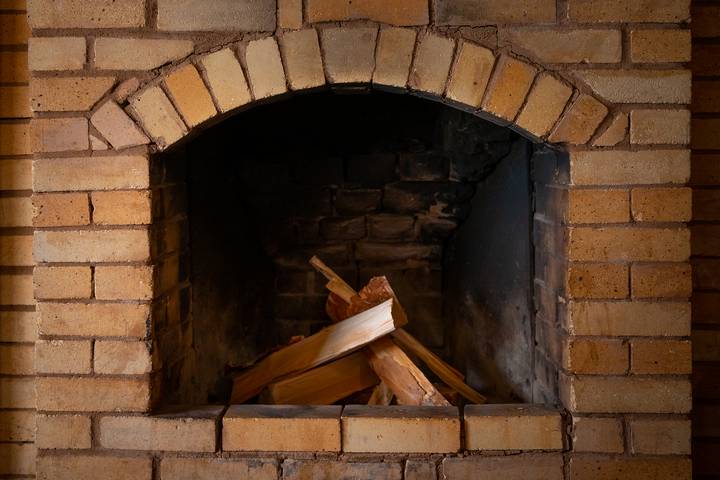
As mentioned, wood fireplaces are lustrous and sensual. However, when used incorrectly, they can also be dangerous. Thus, before you even consider lighting a fire, you must know the safety rules of a wood-burning fireplace.
First, check your chimney for obstructions. This should be done annually to ensure that nothing is blocking the smoke from exiting. Be sure that there are smoke detectors on every floor— you may need even more than one on a floor, depending on your home size. Keep (and know how to operate) a fire extinguisher nearby your fireplace.
Move any flammable objects, including rugs and photos, at least three feet from where you will be burning your wood. And finally, install a fireplace screen to protect your home from flying embers and logs that may burn and roll onto the floor.
2. Use the right firewood for your fireplace.
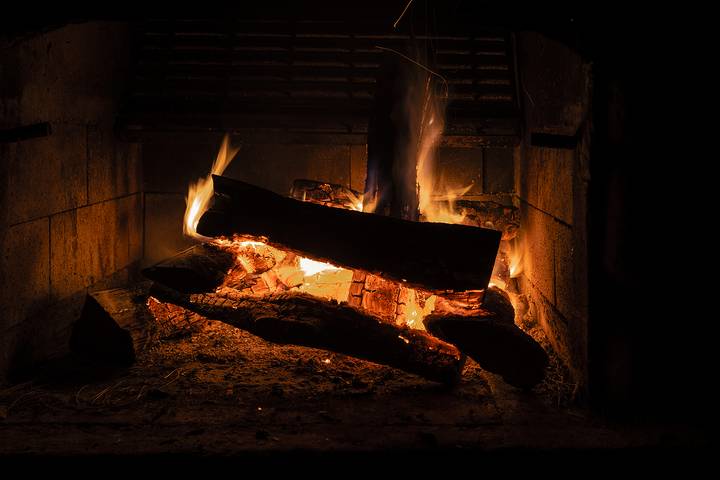
The right firewood can distinguish between a nice, long-lasting fire and an uncontrollable fire. Avoid green wood, as that indicates that there is still a lot of moisture within the wood, and your fire will use its energy to evaporate the moisture rather than burn it. This results in a ton of smoke with very little fire.
Also, green wood leaves creosote, which increases the probability of a chimney fire due to its flammability. Hardwoods such as maple, oak, ash, and birch are great options to try instead. You should regularly check for creosote which can linger within chimneys, even if you can not see it.
3. Test your wood-burning fireplace.
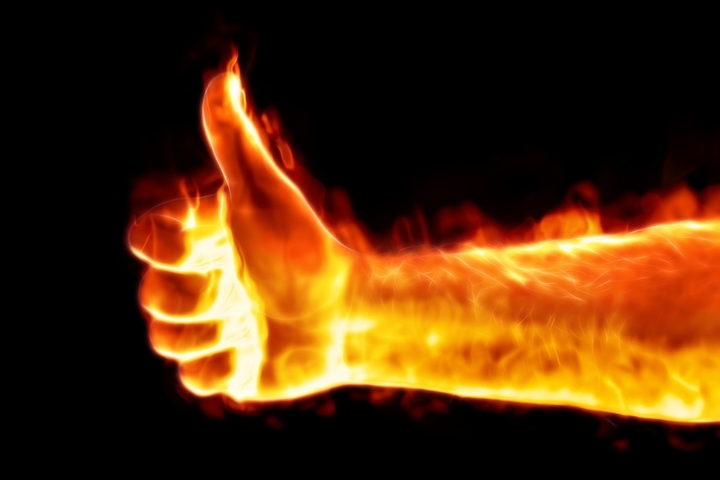
Testing your fireplace ensures that everything is in working order and that you also understand how to work a fireplace before you start a large one. Light a couple of pieces of seasoned wood, being sure to light them from the top down.
If the smoke does not leave vertically through the fireplace into the chimney, reevaluate and try again. This can be due to creosote buildup, debris in the chimney, or a closed damper. Once you have tested your fireplace and the smoke exits where it is intended to, you can attempt a large fire.
4. Build the fire.
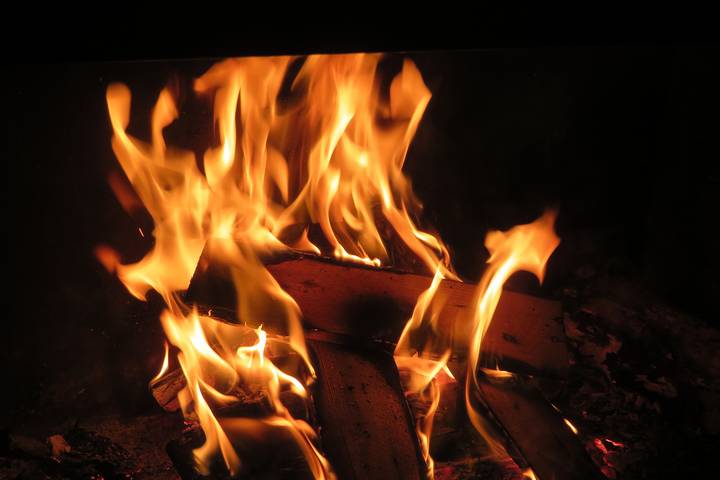
Although your fire should be larger than your test fire, it should not be large. A small fireplace generates less smoke and decreases the likelihood that it will get out of control. When building your fire, put your logs towards the back of the fireplace. Use kindling to get the fire started, not flammable liquids. So, how do you do it?
First, you want to put the big wood logs at the bottom, ensuring as little space between each log as possible. After your base is built, place a few smaller logs on top. These smaller pieces can include split pieces of wood or sticks. Repeat this process until you believe the pile is a sufficient height, alternating between large and small pieces of wood.
Finally, take your fire starters. Newspaper or fire-starter squares work great. Then, place them on top of the stack.
5. Start the fire.
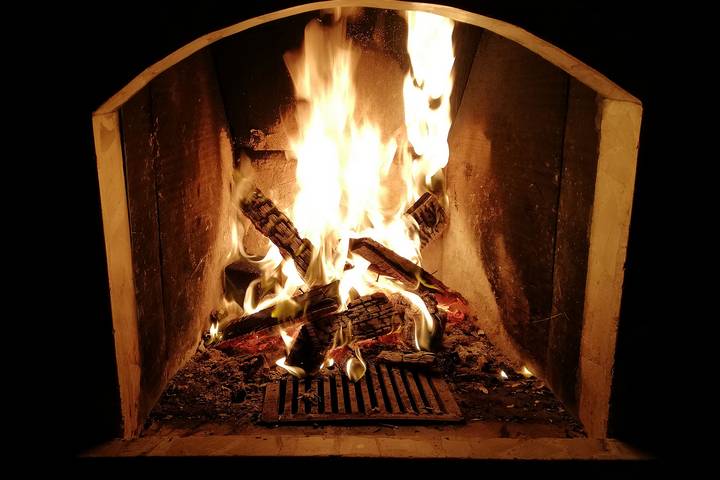
Now, the moment you all have been waiting for: lighting the fire. Light your fire starters with a match or a lighter, though we recommend a match for the sake of ease. It may take up to fifteen minutes for the fire to get going, so be sure to practice patience.
If you followed the steps correctly, your fire should last around three hours, depending on the amount of wood you placed in the pile.
6. Put out the fire.
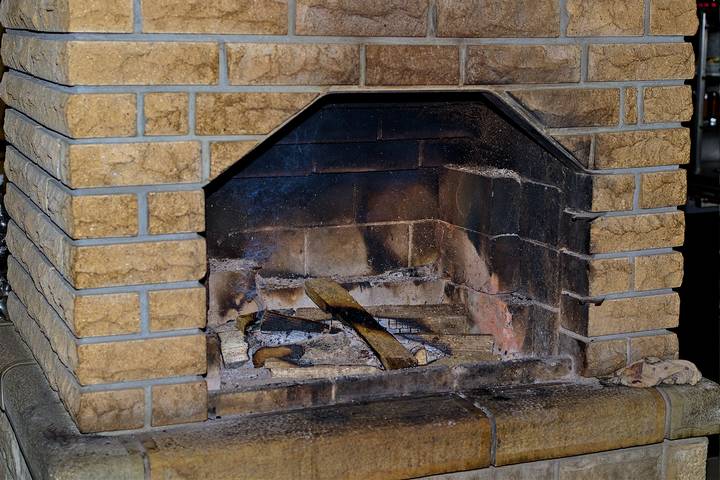
When you are done with the fire, you should flatten your wood using a proper fireplace tool, not household items or your hands. After creating this pile, your fire should begin to settle down. Once the fire has died down, scoop the ash from the bottom of your fireplace and place it on top of the wood.
Finally, apply a layer of baking soda to ensure flames do not reignite and monitor for a couple of minutes to ensure the fire is truly out.

